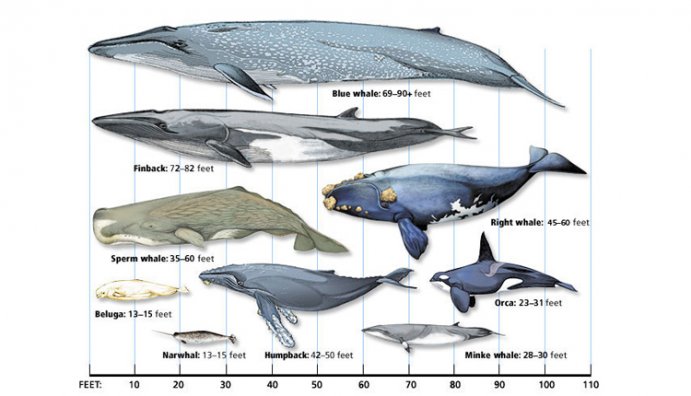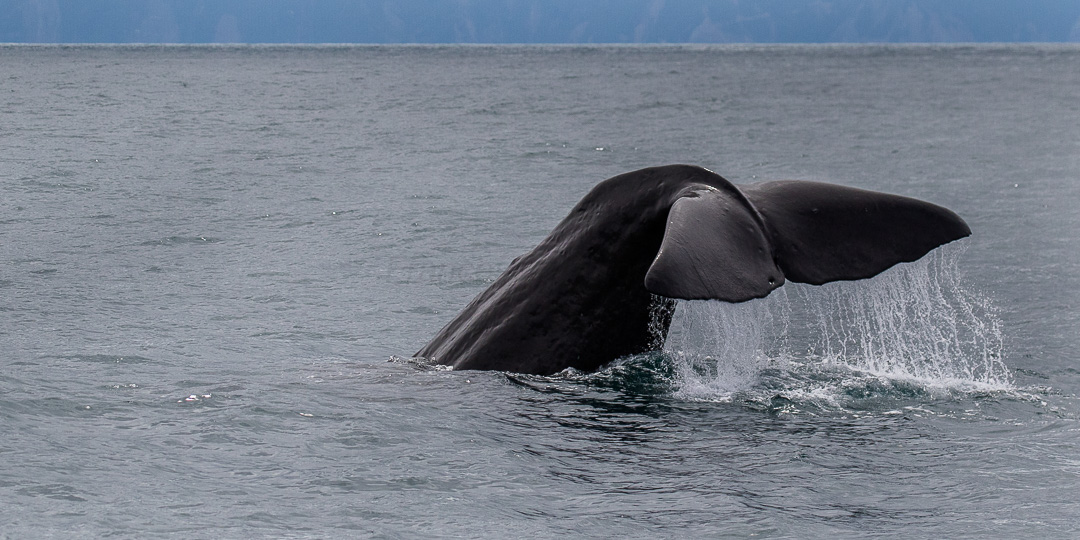Depression plagues about 300 million people worldwide, and as scientists learn more about the condition they are realizing it’s far more complex than we once thought. This year alone, a new type of depression was identified, and scientists uncovered about 80 genes that might determine why some people are more susceptible than others. Fortunately, these discoveries are also showing us how to better treat depression. A paper released in July took a step in a new direction by identifying a naturally occurring chemical linked to depression that could be a key target for future drugs.
The paper, released in Proceedings of the National Academy of Sciences, focused on acetyl-L-carnitine (ALC), which usually is involved in converting food into energy. Led by Stanford University professor of psychiatry and behavioral sciences, Natalie Rasgon, Ph.D., this study was among the first to show that low levels of ALC are linked to depressive states in humans. Rasgon established this connection by collecting life history details and blood samples from a diverse sample of participants ranging from 20 to 70 years old.

Rasgon compared the blood samples of 45 healthy controls and 71 participants who suffered from either moderate or severe depression and found that those with depression had significiantly lower levels of ALC in their blood. Importantly, she also found that those with the lowest levels of ALC tended to have the most severe symptoms, developed depression later in life, and reported experiencing little relief when they adhered to traditional treatment.
In a previous interview with Inverse, Rasgon speculated that dips in ALC could partially explain patterns of depression that emerge in individuals who had experienced neglect, poverty or other trying circumstances during childhood.
“We’ve known that people who experienced childhood adversity subsequently experience worse overall health, cognitive performance, and are at risk for depression when they reach mid-life,” Rasgon said. “This study mechanistically addresses the link between adversity and depression because of the low ALC levels. This is speculative, but it could decrease the body’s capacity to tolerate stress.”
Rasgon emphasized that while it might be tempting to try to treat low ALC levels with a supplement (ALC supplements are easy to find), she doesn’t think that restoring ALC levels with external sources is the answer. She believes that supplementation could “just derail the potential efficacy of a drug” that may be developed in the future.
“At this point, we want to be very careful in specifying what we’ve achieved: We have found a new biomarker for depression, and it has significant potential for finding a new molecular target for drugs,” Rasgon said.
Instead, it’s best to look at ALC as a target for some future treatment that might provide solace to millions of people in years to come.











